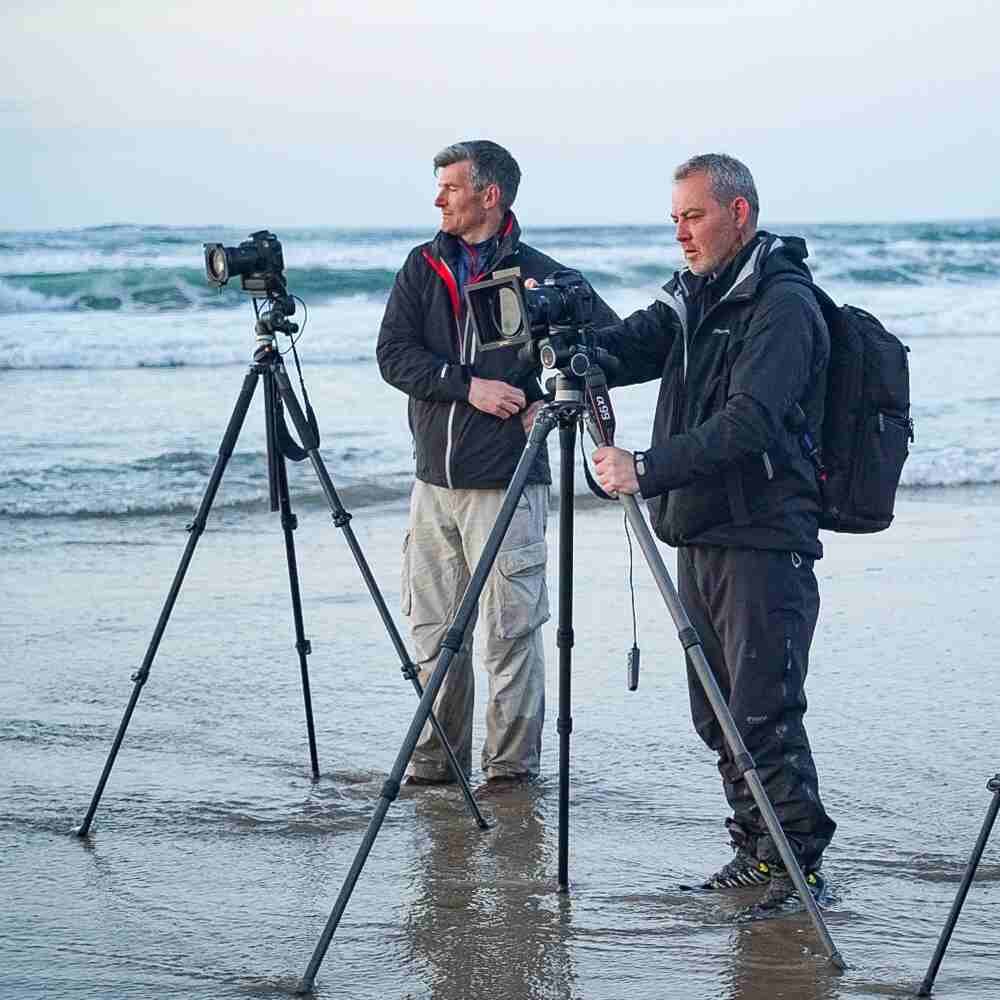Tip of the day - Alternative long exposure photography Techniques
- when there is no visible movement or you don't have Neutral Density Filters
Background
I recently ran a couple of long exposure workshops at Kenilworth Castle, they were rearranged ones from back in March that were postponed due to the lockdown and restrictions, so it was great to be back out again with a small group of clients chewing over ideas, techniques and hoping to create something on the nights. Unfortunately, both evenings were not blessed with any sort of sunset sky, and as we entered the dusk period, most clouds vanished altogether or were not over or anywhere near the castle ruins. However, there was still an opportunity to discuss techniques and one in particular that clients said they hadn't come across before which is how to take long exposures without the use of ND filters to extend exposure time and/or deal with little visible movement in the clouds. This technique that I am about to explain can also work on other subjects, not just cloudy skies so I hope you can put it into practice on your next shoot.
Technique
The technique is time-lapse photography. Meaning, you will take a series of shots at intervals, with or without ND filters so that the multiple frames capture subtle shifts in movement from your subject. Combining them into a single exposure is the function of software, in the examples below and steps I have used Adobe Photoshop but there are alternative software products on the market to do the same thing, and many are free to use or donation based.
The advantage of this method is that you can optimise your aperture, ISO and exposure time to reduce the effects of sensor noise from extreme long exposures made with 10 and 15 stop ND filters when exposure times run into minutes rather than seconds.



























